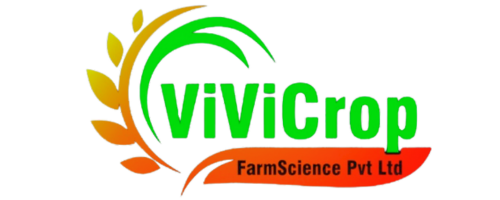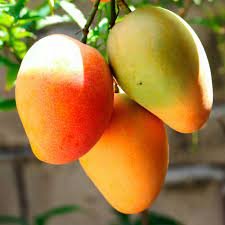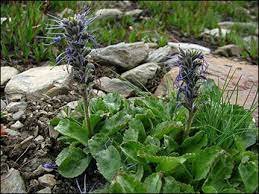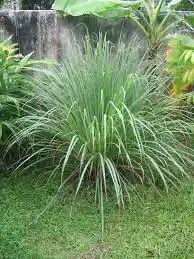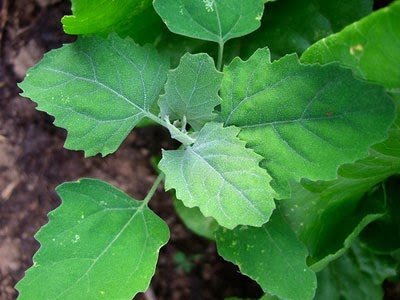Mycorrhizal Biofertilizer
We ViViCrop Farm Science is working in the Bio Fertilizer and Organic Fertilizer domain.
What is Mycorrhizal Biofertilizer?
Mycorrhizal biofertilizer consists of beneficial fungi that form symbiotic associations with plant roots. The term “mycorrhiza” comes from the Greek words “mykes,” meaning fungus, and “rhiza,” meaning root. Mycorrhizal fungi enhance the plant’s nutrient uptake, water absorption, and overall health by extending the root system through their hyphal networks.
Types of Mycorrhizal Fungi
There are two primary types of mycorrhizal fungi:
-
- Arbuscular Mycorrhizal Fungi (AMF/VAM):
-
- Form associations with the roots of most terrestrial plants, particularly herbaceous plants.
-
- Penetrate the root cells, forming structures called arbuscules that facilitate nutrient exchange.
-
- Common genera: Glomus, Rhizophagus, and Acaulospora.
-
- Arbuscular Mycorrhizal Fungi (AMF/VAM):
-
- Ectomycorrhizal Fungi (EMF):
-
- Form associations with the roots of many woody plants, including trees and shrubs.
-
- Surround the root cells with a sheath of fungal tissue, forming a network around the roots without penetrating the root cells.
-
- Common genera: Pisolithus, Amanita, and Boletus.
-
- Ectomycorrhizal Fungi (EMF):
Relevance and Importance
-
- Enhanced Nutrient Uptake: Mycorrhizal fungi increase the surface area for absorption, facilitating the uptake of nutrients like phosphorus, nitrogen, and essential micronutrients.
-
- Improved Water Absorption: The fungal hyphae extend far into the soil, improving the plant’s access to water, especially under drought conditions.
-
- Soil Health: Mycorrhizal fungi contribute to soil structure and fertility by enhancing the aggregation of soil particles and increasing organic matter content.
-
- Sustainable Agriculture: Reduces dependency on chemical fertilizers and promotes environmentally friendly farming practices.
-
- Plant Health and Stress Resistance: Enhances plant resistance to soil-borne pathogens, environmental stresses, and improves overall plant vigor.
Use and Benefits
-
- Nutrient Efficiency: Enhances the efficiency of nutrient use, particularly phosphorus, reducing the need for chemical fertilizers.
-
- Water Efficiency: Improves drought tolerance by increasing water uptake and retention.
-
- Soil Structure: Contributes to better soil structure and health through the production of glomalin, a glycoprotein that binds soil particles together.
-
- Plant Health: Increases resistance to diseases, pests, and environmental stresses.
-
- Yield Improvement: Results in higher crop yields and better quality produce due to improved nutrient and water uptake.
-
- Ecological Balance: Promotes biodiversity and ecological balance by fostering beneficial soil microbial communities.
Crops Benefiting from Mycorrhizal Biofertilizer
Mycorrhizal biofertilizers are beneficial for a wide range of crops, including:
-
- Cereals: Wheat, rice, maize, barley.
-
- Vegetables: Tomatoes, carrots, onions, lettuce, potatoes.
-
- Fruits: Apples, citrus, bananas, grapes.
-
- Legumes: Soybeans, chickpeas, lentils, beans (especially when Rhizobium biofertilizer is also needed).
-
- Non-leguminous Cash Crops: Cotton, sugarcane, coffee, tea.
-
- Horticultural Crops: Flowers, ornamental plants, turfgrass.
-
- Forestry: Pine, oak, eucalyptus.
Application Stage
Mycorrhizal biofertilizers can be applied at various stages of crop growth:
-
- Seed Treatment: Seeds are coated with mycorrhizal fungi before planting. This ensures early colonization and establishment of the fungi.
-
- Soil Treatment: Mycorrhizal fungi can be mixed with the soil or applied as a soil drench, ensuring the fungi are present in the root zone.
-
- Root Dipping: Seedlings can be dipped in a mycorrhizal solution before transplanting to ensure the roots are colonized by the fungi.
-
- Transplant Treatment: Adding mycorrhizal fungi to the planting hole or directly around the root zone during transplanting.
Benefits at Different Crop Stages
-
- Germination and Early Growth: Enhanced root development and early establishment due to better nutrient and water availability.
-
- Vegetative Stage: Improved plant vigor and growth, leading to robust plant development and increased resistance to stress.
-
- Reproductive Stage: Better flowering and fruit set, resulting in higher yields and improved quality of the produce.
Conclusion
Mycorrhizal biofertilizer is an essential component of sustainable agriculture, offering numerous benefits such as enhanced nutrient and water uptake, improved soil health, and increased crop yields. Its application to a wide variety of crops at different growth stages ensures effective colonization by the beneficial fungi, promoting overall plant health and productivity. By integrating mycorrhizal biofertilizers into crop management practices, farmers can achieve better yields while supporting ecological balance and environmental conservation.
